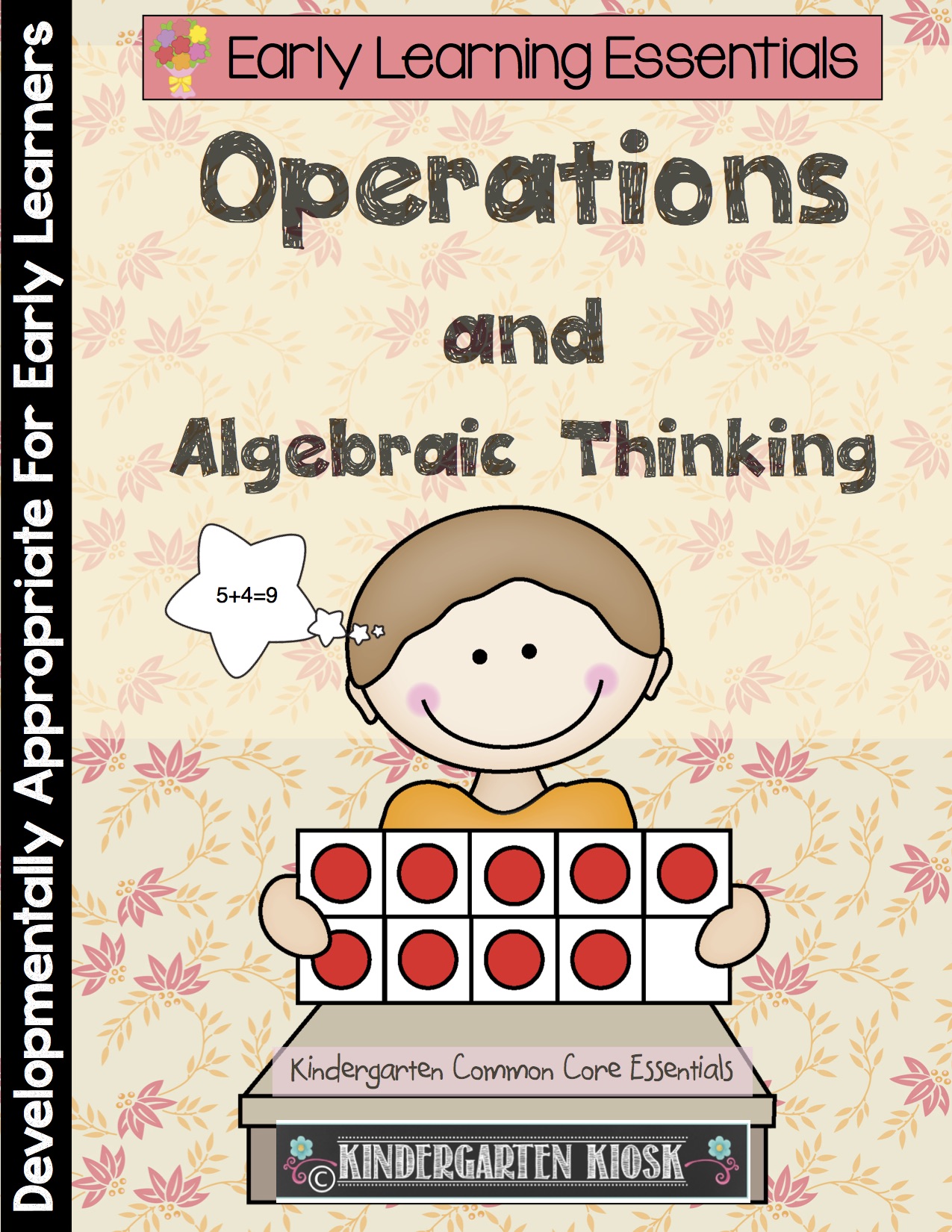Play-based Teaching
I just returned from a trip to Disneyland with my family, and while the sights and sounds of the magical land were amazing, my favorite thing to do was watch the faces and reactions of my grandtots ages 3-7 as they were simply experiencing.
Because brains are built over time through the development of neural connections, you can almost see brain growth as young children experience, see, touch, taste, and hear. This brain growth will affect the architectural development that is creating the very foundation of their future brain power!
As neurons grow and connections are formed, they become more powerful and permanent. Well-used circuits become ready to access as a child learns.
So how can parents and teachers best build that necessary brain power and allow for development of well-used circuits? Not worksheets (that's for sure)! Worksheets limit the use of the brain. They typically use only the sense of seeing. Worksheets typically only have one right answer so demands limit thinking. They lead children to the thinking that there is only one way of doing, thinking, or answering.
"Worksheets do not allow for students to experiment and/or take risks. Conversely, they dampen enthusiasm for learning. Those who can, quickly complete the task because they already know the material. Those who can’t are frustrated. Simply stated, Young children do not learn from (worksheets) what teachers and parents believe they do" (Kostelnik, Soderman, & Whiren, 1993). I would agree. Worksheets are for the adults.
So what can we do instead to teach crucial academic skills? We can provide powerful opportunities for guided play-based learning. Rather than a worksheet that asks students to circle the pictures that start with the /b/ sound, a container of objects or pictures can be provided the student to sort into piles of /b/ or other. I have watched students do this very activity with amazement as they not only complete the task, practicing the sound of /b/, but they talk about the objects with each other to expand their learning and vocabulary.
Because I want my students to “experience” in my classroom, I have a myriad of guided lessons that teach core-standards in a playful way. After participating in a guided lesson, the lessons can then be used as independent centers for continued practice through play. The homework I send home mirrors those lessons. I do not want parents to falsely believe that worksheets are the best way for their child to learn, so I limit the amount I send home to about zero.
The following lesson “Teddy Bears" is an example of such a guided play activity.
Teddy Bears
Objective: Solving story problems.
Common Core K.OA.2: Solve addition and subtraction word problems, and add and subtract within 10, e.g., by using objects or drawings to represent the problem.
Materials: Copy on tag two sets of card backs and then the story cards on the opposite side; laminate and cut apart. Gather a set of teddy bear counters and a bowl, box, or small container for each student. If using paper teddy bear counters, after cutting the bear counters apart, place each set in a bowl or some kind of container. If you are having students write the equations, provide pencils and blank sheets of paper.*
Seat students at a table and give each a bowl or container with a set of real or paper teddy bear counters. Keep the story cards in front of you. Place the story card, 3+2 at the top of the stack for demonstration of the lesson.
Teddy Bears love to play and have adventures. Today we will listen to stories about some teddy bears. We will use the teddy bear counters to act out the stories.
Let’s begin. Read the 3 + 2 bear card. Three bears sat in the pool. Lay three bears in front of you. Two more bears joined them in the pool. Count out two more bears. How many bears are now all together in the pool? Count all of your bears. Three bears and two bears make five bears. Allow students opportunity to swim the bears around the pool.
Now, put your bears back in your (container). Listen to this story. Draw another card and repeat the process.
Continue reading cards and acting out the problems. Make up additional stories if you complete all story cards.
*NOTE: Early in the school year, you will want to focus on mental math, the ability to solve story problems by using manipulative, fingers, or drawings. If you are doing this lesson later in the school year, you may wish the students to write the equation after each story on blank sheets of paper.
Extension 1: Have students act out the story problems as if they were the bears.
Extension 2:Have students illustrate the story problems to make a class book!
Following are the cards needed to play the game. Print them double sided for a deck of fun bear story problems!










